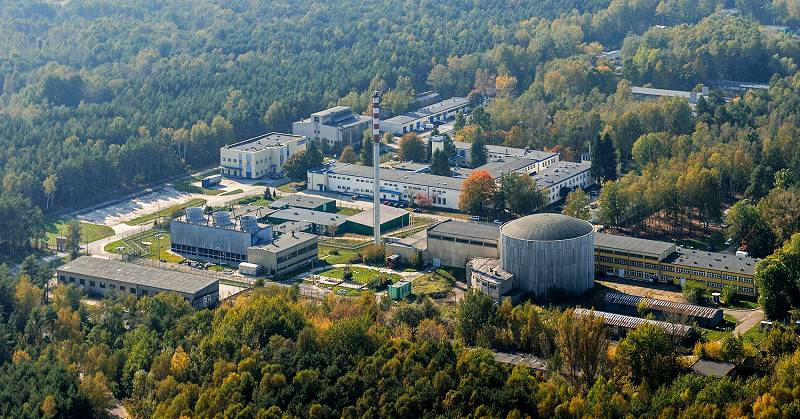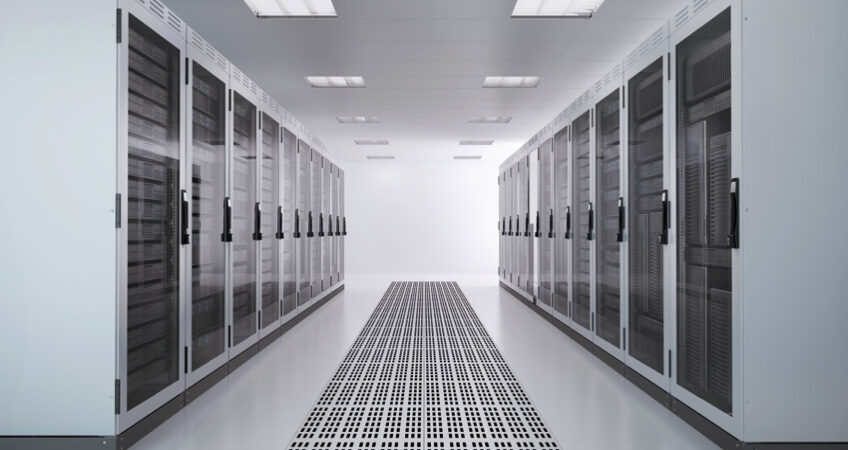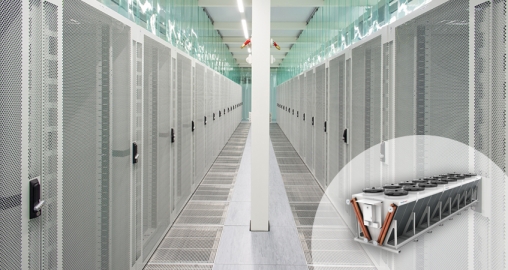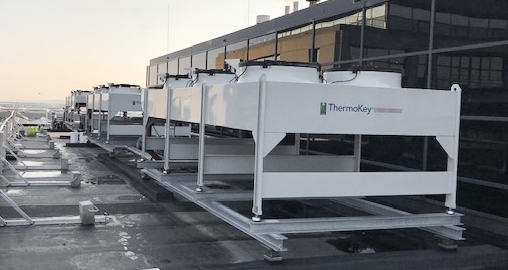As computer chips get smaller and faster, they’re getting hotter and hotter. Typically, almost 40% of a data centres’ electricity bills comes from its cooling equipment. To help reach the exaflop barrier and beyond, some data centres are investing in better cooling systems than current standard technologies.
The sole purpose of data centre cooling technology is to maintain environmental conditions suitable for information technology equipment (ITE) operation. Achieving this goal requires removing the heat produced by the ITE and transferring that heat to some heat sink. In most data centres, the operators expect the cooling system to operate continuously and reliably.
ThermoKey solutions have been chosen again for their reliability by The National Center For Nuclear Research in Swierk for the Poland’s largest warm water-cooled supercomputer.

National Centre for Nuclear Research is the largest research Institute in Poland (over 1000 employees, 70 Professors and holders of the Dr hab. post-doctoral degree, as well as over 120 PhDs). The Polish Institute is specialized in accelerator physics and technology, material research with nuclear techniques, the development of spectrometric techniques, nuclear electronics and also in applications of nuclear techniques for environmental research, nuclear medicine etc.
“The chosen solution is the most eco-efficient available today”, commented Professor Wojciech Wislicki, Project Director at the Swierk Data Center. “This is not only due to the fact that water is a highly effective cooling fluid, but also because the liquid in the system is around 35° C, so it is possible to use a passive cooling system throughout the year. Compared to more traditional cooling mechanisms that use cold water, which require a refrigeration unit, we are hoping to save around 120,000 Euros a year“.
The advantages of this technology are all the more clear when it is compared to those using air cooling. Set against these, our system should allow us to save up to 80% of the electricity that would have been consumed, not to mention the complexity and size of the units involved.”
Thanks to a substantial reduction in CO2 emissions, warm water-based cooling systems are the most eco-friendly on the market. Its high energy efficiency means this technology is recommended by the European Commission as a target solution for future large-scale data centres.
“In Poland, this type of solution has only ever been used on pilot programmes, on a very limited scale”, pointed out Professor Gregorz Wrochna, Director of the National Center for Nuclear Research (NCBJ). “It’s no exaggeration to say that, when it comes to the use on an industrial-scale of warm water-based cooling technology, we are the pioneers in this country.”

Thermokey solution will cool the Swierk Data Center: 896 ten-core Intel Xeon E5 2680 v2 latest-generation processors; 57TB of RAM – in high-density 16GB modules; and 180TB of disk space using high-performance 400GB SSD arrays.
In the system installed at the Swierk Data Center, liquid cooling will extract heat directly from the core of the computer.
However – unlike other less advanced solutions such as those used in enterprise servers – the liquid not only cools the processors, but also other heat-generating components such as memory and disks. The system has also been designed so that individual components can be taken out for maintenance purposes without any risk of liquid leak and with no need to stop the operation of the whole system.
-
Data Center, Europe - 18 Dry Coolers V-Type adiabatic and self-cleaning - Cooling down an important Data Center
-
ThermoKey has been chosen for the replacement of 3 existing dry coolers of another brand for the cooling of a Data Center
-
Server in Basel (Switzerland) - Cooling down 4.5 MW Total Capacity in a small footprint area



